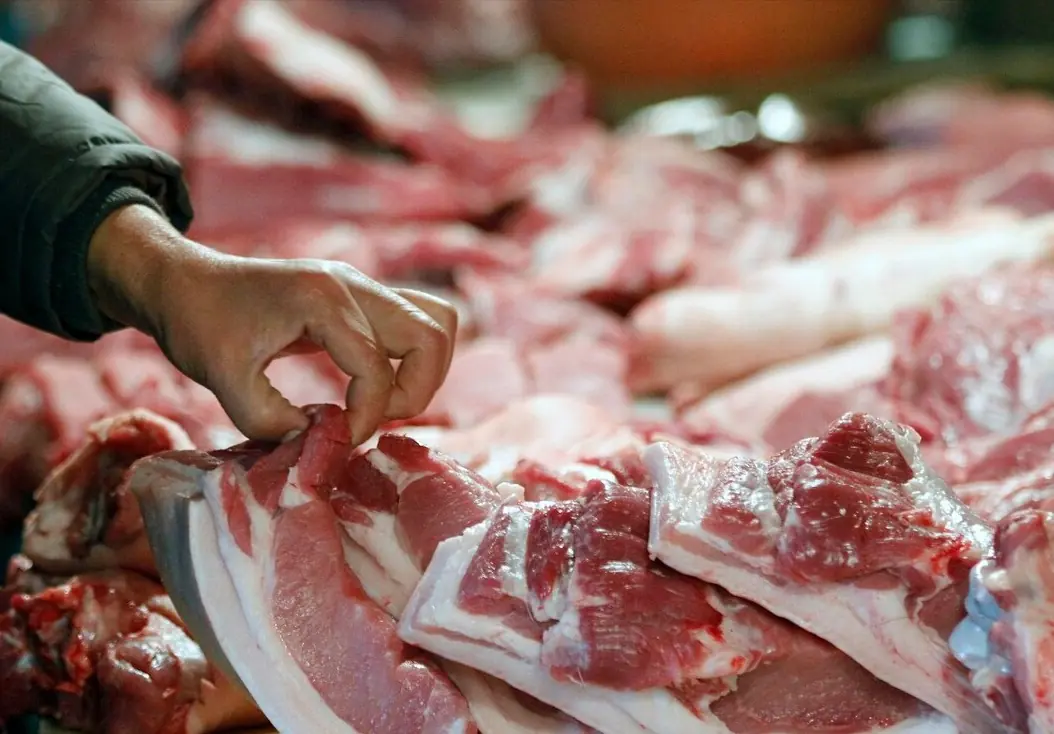
Top 10 Uric Acid Foods To Avoid If You Have Gout
Today, we’re going to look at what happens to your body when your uric acid levels are too high, and how you can reduce it by avoiding certain foods.
Uric acid is a byproduct that forms when chemicals called purines are broken down by your body. Purines are building blocks of DNA and RNA and are super important for cell energy production. They are produced by your body and are also absorbed through the foods you eat.
Most of the uric acid dissolves in the blood, passes through the kidneys and leaves the body through urine. The rest is eliminated in the stool. However, if you eat foods high in purines, and your kidneys are having problems excreting uric acid, you end up with elevated levels of uric acid in the blood or hyperuricemia.
So, what are high uric acid levels?
For men, the normal upper limit is 8.6 mg of uric acid per liter of blood, and for women, the value is considered to be 7.1 mg per liter. Anything above these levels is hyperuricemic, and symptoms can occur. At any one time, it has been estimated that at least 20% of the US population has hyperuricemia.
What are the effects of hyperuricemia?
What happens in hyperuricemia is that crystals of uric acid or urate can form, even if you do not see symptoms. These needle-like crystals can settle in the joints and tissues and cause gout, a form of arthritis that can be very painful.
These “needles” literally pierce through the walls of white blood cells, which signals for more cells to come to the rescue, and cause a cascade of inflammation and a full-on attack. Gout attacks come and go and usually occur in the lower legs, like the ball of the foot or ‘big toe’. Uric acid crystals can also settle in the kidneys and form kidney stones.
So, why is elevated uric acid such a big deal?
That’s because hyperuricemia and gout can cause chronic inflammation over many years, and lead to permanent bone, joint and tissue damage, kidney disease and heart disease if untreated.
Research has also shown that hyperuricemia and gout are linked to high blood pressure and metabolic problems like weight gain, type 2 diabetes and fatty liver disease.
The good news is that it’s possible to control and lower your uric acid levels by making simple dietary changes.
This starts with reducing or avoiding purine-rich foods that stimulate uric acid production. And this is exactly what we’re going to talk about in the rest of the video. Not all people with hyperuricemia get gout, but all people with gout have hyperuricemia.
These are the foods to avoid or reduce in your diet if you have hyperuricemia or want to prevent gout attacks.
Let’s begin with Number 10 “Red Meat”.
Red meat has more purine than white meat. Lamb has the most purine of all red meats. People trying to avoid gout flare-ups should not eat beef or pork more than three times per week. If you do eat lamb, go for chops instead of leg meat.
Next on our list is Number 9 “Fish”.
Fish that are rich in purine include herring, tuna, mackerel, sardines, and anchovies. Salmon is a good low-purine alternative that is generally safe. People with gout should eat fish no more than twice a week.
Coming up next is Number 8 “Wild Game”.
People with hyperuricemia should avoid eating meat from wild game, especially rabbit, venison, quail, pheasant, and goose. These animals have high purine content which can increase the risk of gout attacks. Instead, eat white meat like chicken in moderate amounts when paired with plenty of vegetables.
Next up, we have Number 7 “Scallops”.
People with hyperuricemia are encouraged to enjoy scallops only occasionally. Better options are lobster, shrimp, salmon, and crab. A person’s total seafood intake should be no more than six to eight ounces a day.
On to our next item, Number 6 is “Organ Meats”.
Organ meats are not recommended for people with high uric acid levels. It is best to avoid eating tongue, liver, brains, kidneys, and sweetbreads to minimize gout attacks.
Coming up next, Number 5 is “Beer”.
Beer is probably the worst drink when it comes to hyperuricemia and gout. That’s because it contains alcohol and is also high in purine from brewer’s yeast.
All alcohol-including beer, wine, and hard spirits-cause the kidneys to excrete alcohol instead of uric acid. This dehydrates the body and increases the amount of undissolved uric acid in the blood.
Beer drinking doesn’t necessarily lead to gout. But if you have gout and drink beer, you will definitely experience attacks.
Also, avoid packaged foods and dietary supplements that contain yeast or yeast extract, as these are high in purines.
Moving on to Number 4, we have “High-Fructose Corn Syrup”.
Many sweetened beverages like fruit juices, sodas, and energy drinks are loaded with high-fructose corn syrup or HFCS, which stimulates uric acid production.
Freshly-squeezed fruit juices are concentrated with fructose and consumption should be limited. In general, avoid any prepackaged snacks or processed foods like fast food, candy, cookies and sauces that are loaded with HFCS when trying to reduce hyperuricemia and prevent gout attacks.
Getting into our top 3, Number 3 is “Certain Vegetables”.
While vegetables are recommended for people with high uric acid levels, you may want to limit purine-rich vegetables if you already have hyperuricemia. These include asparagus, mushrooms, peas, spinach, and cauliflower, and legumes like dried fava, garbanzo beans, and lentils.
Studies have shown that high-purine vegetables do not increase the risk of gout or recurring gout attacks the same way as high-purine animal foods.
Our Number 2 is “Certain Fruits”.
Researchers have linked fruit juice and certain types of fruits with gout symptoms, including chronic pain. Fruits like peaches, mangoes, kiwi, dried fig, persimmons, and apricots should be eaten in moderation in small amounts. These are high in fructose and also oxalate, which increase the risk of kidney stones in people with gout. Go for cherries, berries, grapefruit, orange, pineapple, papaya, apple and banana.
Also, while tomatoes are low in purine, some research suggests they may cause gout flares.
And at Number 1, we have “Whole and Refined Grains”.
Whole grains like oatmeal, wheat germ, and bran have moderate levels of purines. While they are not as high in purines as organ meats, scallops or some fish, it is still high enough to increase your risk of gout when eaten in excess.
News in the same category

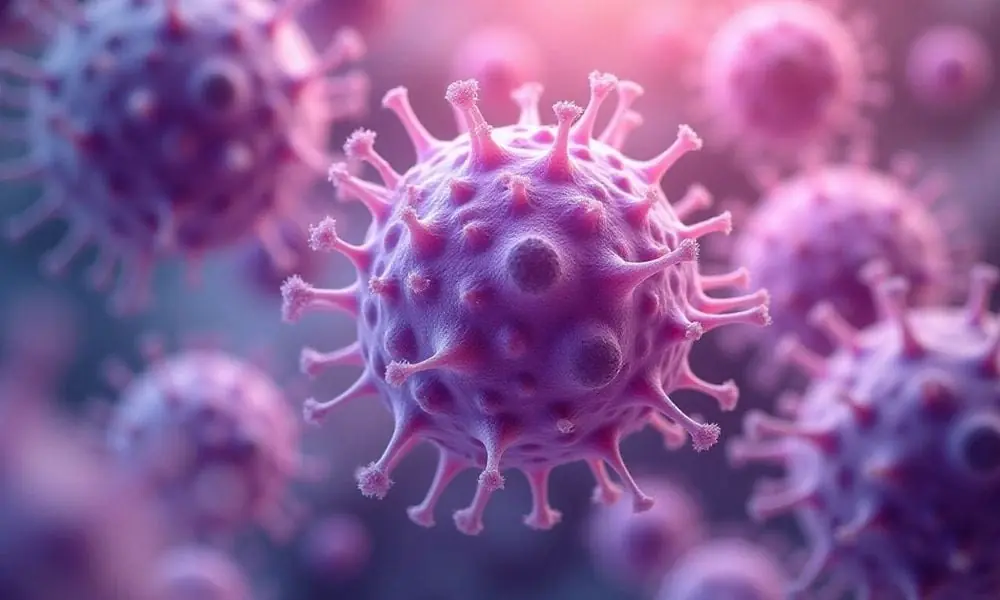
The Whole Family of Three Was Diagnosed With Thyroid Nodules; the Mother Collapsed: “I Thought Those Two Things Were Always Good to Eat and Could Prevent Cancer”

Breakthrough Cancer Treatment Offers Unprecedented Hope for Patients

Top 10 foods that unclog arteries naturally and prevent heart attack

Eating beans daily slashes your risks of heart disease and diabetes, study finds
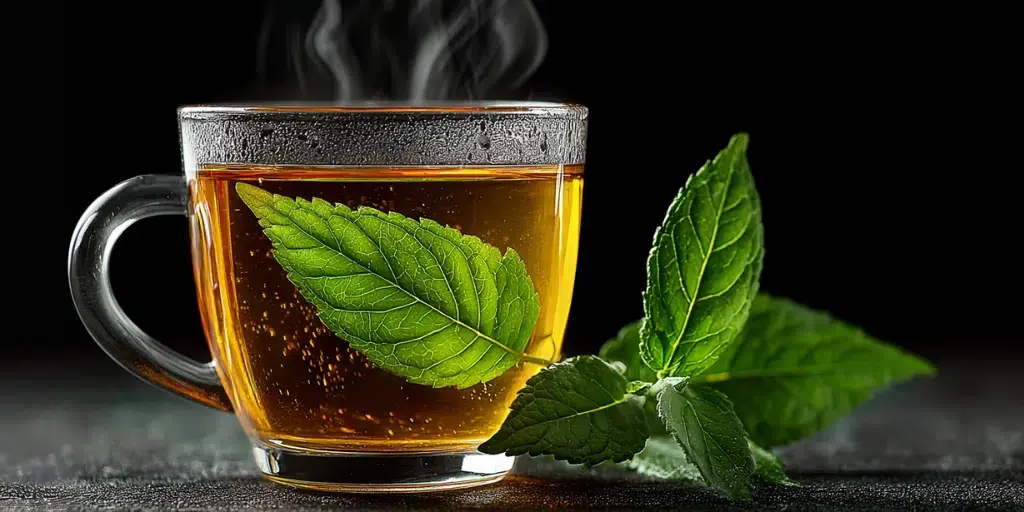
The #1 plant to eliminate mucus and phlegm instantly (how to use it!)

A single 4g dose can clear heavy metals, remove microplastics and cleanse the brain (do not use daily)

13 Surprising Signs Your Body Is Crying Out for Hydration

If You’ve Noticed Ridges in Your Fingernails, This Is What It Really Means

Research reveals the #1 vitamin for eye protection

5 Herbs Your Liver Wished You’d Start Eating More Often (Or At Least Try!)

Powerful Health Benefits of Pineapple You Should Know

12 Early Warning Signs of Dementia You Shouldn’t Ignore

Why You Should Avoid Kissing Your Pet, Especially on the Mouth

Why Female Anacondas Sometimes Eat Their Mates: The Extreme Strategy Behind Survival
Why Female Anacondas Sometimes Eat Their Mates: The Extreme Strategy Behind Survival
Why Female Anacondas Sometimes Eat Their Mates: The Extreme Strategy Behind Survival
Why Female Anacondas Sometimes Eat Their Mates: The Extreme Strategy Behind Survival
Why Female Anacondas Sometimes Eat Their Mates: The Extreme Strategy Behind Survival
News Post

Belgium’s Floating Algae Mats: A Green Breakthrough in Urban Water Purification

France Reimagines Shelter Boundaries With Community Corn Walls

5 Simple Ways to Remove Rust from Knives – Make Your Dull, Rusty Knife Shiny and Sharp Again

5 Fruits on the ‘Blacklist’ That Can Cause Cancer – Avoid Buying Even If Cheap

“New Research Reveals How Aging Impacts Male Fertility and Sperm Health”
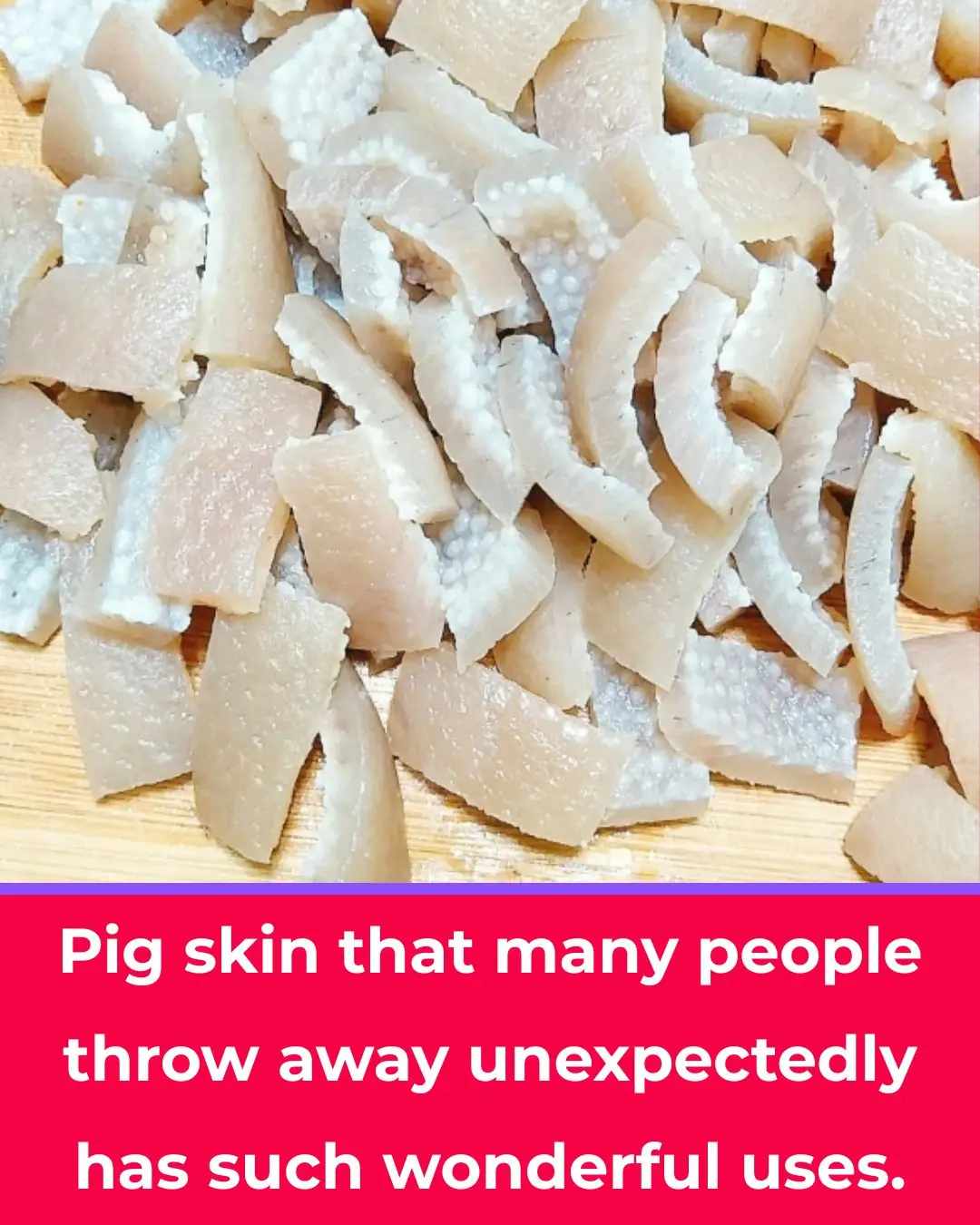
Pork Skin – The Often Overlooked Superfood
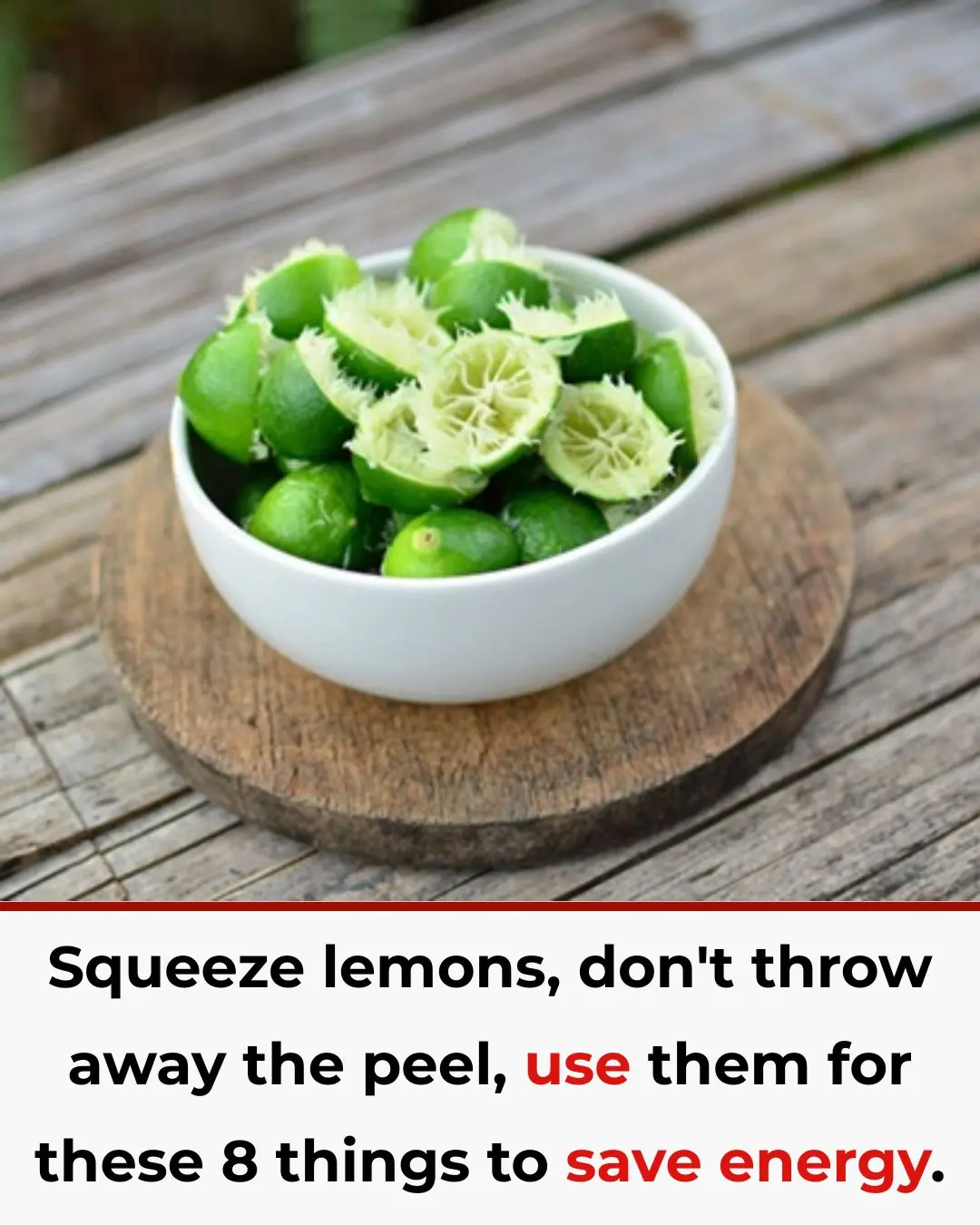
Don’t Throw Away Lemon Peels! Use Them for These 8 Household Tasks and Save a Ton of Money

10 surprising ways to use vinegar around the house

Stop eating these 10 things of CRAP

Mix Banana Peels With This and Leave It in a Corner — Roaches Will Disappear Overnight

Discover how eggs support your baby’s brain development — full details in the comments!”

Weak Toilet Flush and No Suction? A Simple Trick From a Professional That Fixes It Instantly

Five “Dirtiest” Parts of the Pig That Butchers Never Take Home for Their Own Families
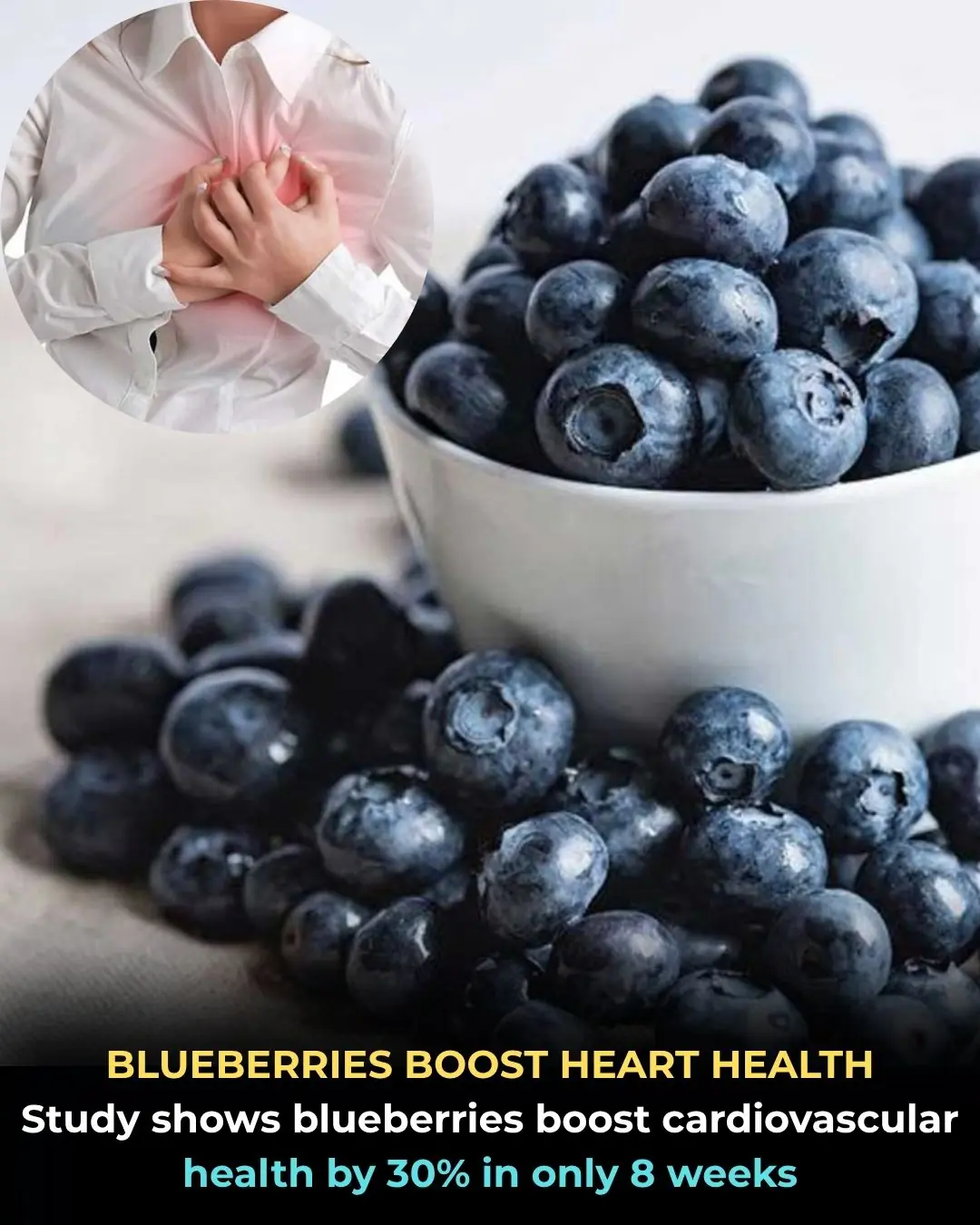
Blueberries: A Powerful Daily Boost for Heart Health

The Whole Family of Three Was Diagnosed With Thyroid Nodules; the Mother Collapsed: “I Thought Those Two Things Were Always Good to Eat and Could Prevent Cancer”

Motherhood Rewires the Brain: Why Postpartum Recovery Takes Years, Not Weeks

Eating More Than One Egg a Week May Slash Alzheimer’s Risk by 47%
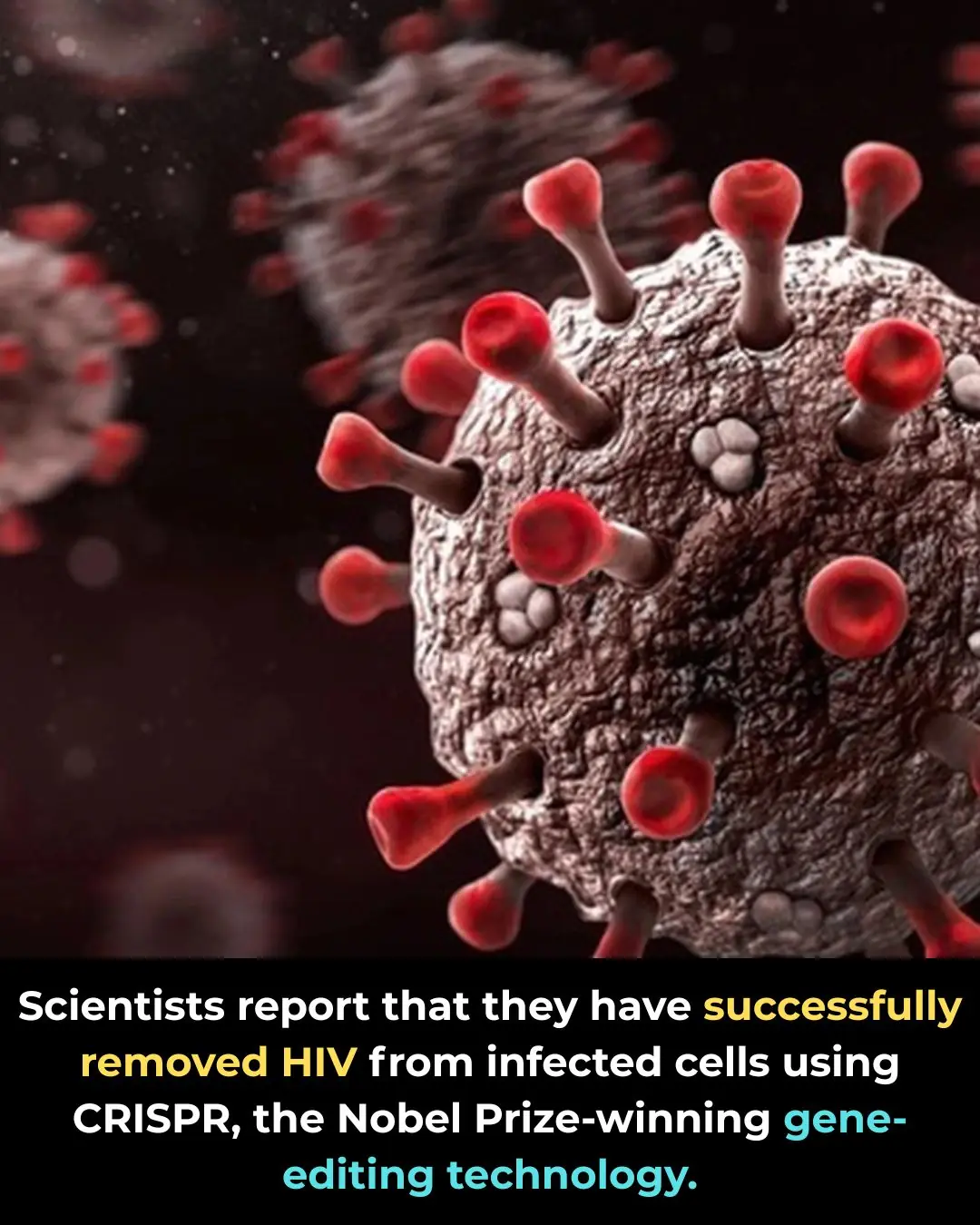
CRISPR Breakthrough Offers Hope for a Potential HIV Cure
